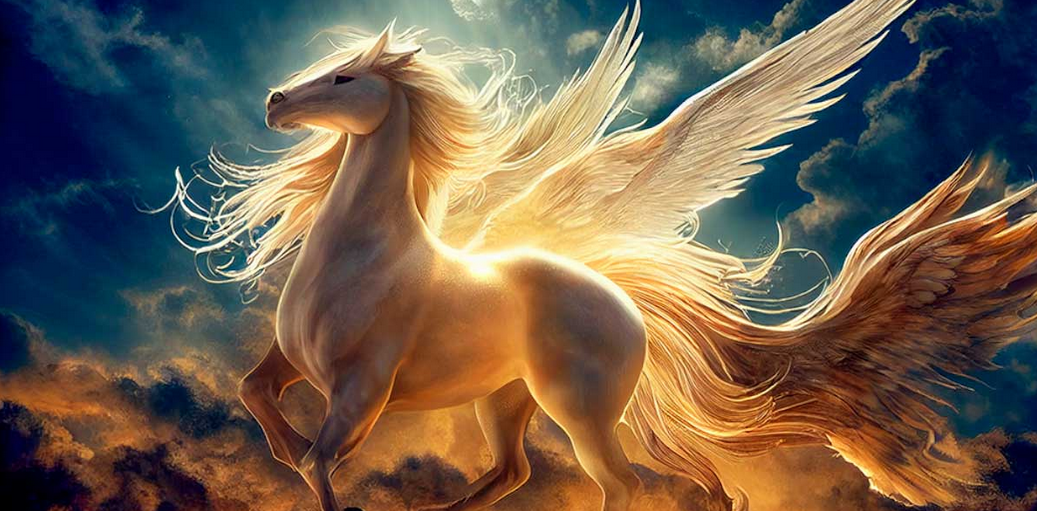Pegasus is the majestic flying horse of Greek mythology , best known for its association with the heroes Perseus and Bellerophon. Traditionally depicted as a pure white horse with wings, the Pegasus of Greek mythology was said to have been the child of Poseidon, god of the sea and tamer of horses, and the Gorgon Medusa. In the story of Perseus’ slaying of Medusa, one can find the narration of Pegasus’ birth. This winged horse later became the mount of Bellerophon, and can be found in the legendary stories about this hero’s exploits, including the slaying of the Chimera and his flight to Mount Olympus.
In Hesiod’s Theogony, it is written that “with her [Medusa] the god of the Sable Locks [Poseidon] lay in a soft meadow among the spring flowers.” The union between Medusa and Poseidon resulted in Pegasus and Chrysaor, who were born when Medusa was decapitated by the hero Perseus, the Greek hero:
Meloni attacks “aggressive” France for tearing up refugee deal over migrant boat row
According to Hesiod, Perseus flew off to Mount Olympus after birth, where the flying horse came to live in Zeus’ palace. There, Pegasus was given the job of carrying the god’s thunder and lightning. Alternative stories in Greek mythology suggest that Pegasus spent some time on earth before flying to Mount Olympus , home of the Greek gods. During this time, Pegasus served two heroes – Perseus and Bellerophon.
Read more: Ancient Origins
Ask me anything
Explore related questions





